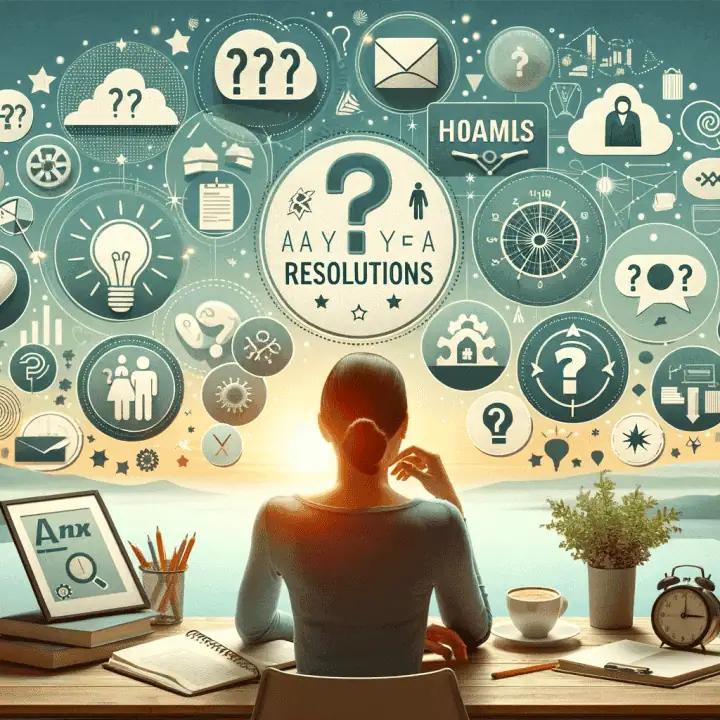How to differentiate between the New Code and Classic Code of NLP even if you are new to it
Getting NLP Back on Track; Reorienting to Patterning and Modelling
With the exponential growth of people teaching the developed models and applications of NLP to business, coaching, therapy, education, personal development, etc., there has been very little attention accorded by NLP trainers to modelling in general and the development of new models in particular.
Much of what is promoted as new models is simply a crafty repackaging of existing NLP models into applications of NLP. In fact, most of the NLP books published in recent years are simply variations on standard NLP themes. As Grinder said in a 1996 interview:
” One of the expectations which I personally carried at the time of discovery and development of NLP was that people interested in our work would cleanly make the distinction between NLP and applications of NLP. My hope at the time was that given this distinction, there would arise a group of committed men and women who would recognize the meta levels tools which we had either discovered (the Milton Model…..), or created (the verbal patterns of the Meta Model or Precision Model, Representational Systems….), and go out and identify and create new models of excellence to offer the world. This has not happened and is very disappointing to me. NLP is popularly represented and commonly practiced at least one logical level below what it was clearly understood to be at the time by Bandler and me.”[1]
New Code NLP corrects this consequence with an explicit reorientation back to the core skills of NLP modelling.
“Most of the NLP books published in recent years are simply variations on standard NLP themes.”
A consequence of Classic Code NLP teaching and learning is that the material becomes formulaic through packaging as techniques in either recipe or scripted form. This results in practitioners who are really merely NLP technicians, nothing more. They can only express NLP through the formatted techniques that they have been given, without an appreciation of the underlying NLP patterns. , Unless they can gain the patterns experientially, they will remain technicians and be limited to the ritualised techniques they were taught in their NLP training.
Unfortunately, even ritualised NLP makes a discernible difference to the quality of people’s lives, so it continues to attract many students who are then led to believe they have learned the genuine article. This leads to another consequence: the development of perceptual filters [2] that preclude the likelihood of discovering the patterns of NLP. If you know it all already (and your trainer has anchored credibility), why would you “repeat” what you have finished learning?
The New Code NLP approach to teaching and learning involves creating a context or series of contexts within which the target patterns are demonstrated, with multiple descriptions [3].
(Note: If you would like to learn more about the New Code of NLP, you can get a copy of our latest Kindle book, ‘AEGIS: Patterns for extending your reach in life, work & leisure’ by Jules Collingwood, NLP Trainer. For only $4.99 here).
“The New Code NLP approach involves creating a context within which patterns are demonstrated.”
Students who learn to attend to the detection and utilisation of patterns in self and others develop artistry in their use of NLP. They have behavioural flexibility and can respond creatively in any context, applying existing patterns in multiple ways while also developing new material.
Summary of Differences Between Classic Code NLP and New Code NLP
A useful way of thinking about the difference between New Code NLP and Classic Code NLP is in terms of emphasis.
Classic Code NLP emphasises technique, mechanistic metaphors, and the production of NLP technicians. It uses conscious, explicit models that are often divorced from their original context. “Where do I use this technique?” and “How do I know which technique to use” are common questions from Classic Code NLP students and practitioners. There is a tendency for classic code practitioners to try to fit clients into procedures instead of creating interventions with each client.
“There is a tendency for classic code practitioners to try to fit clients to procedures.”
In stark contrast, New Code NLP emphasises the relationship between the conscious and unconscious minds of the individual, their relationships with others, and their relationship with the world. It works towards the personal evolution of the participant.
New Code NLP promotes unconscious competence, which will be demonstrated and followed by conscious appreciation. Training drills are used in service to pattern incorporation and the development of unconscious competence.
The balance between the conscious and unconscious minds is paramount, and this is known as the conscious/unconscious interface. New Code NLP is directed towards the detection and utilisation of patterns in the world, with an emphasis on patterns.
“New Code NLP is directed towards the detection and utilisation of patterns in the world.”
A New Code NLP practitioner often creates a process spontaneously in response to a particular context. In this evolved code, participants explore psychological states and learn to recognise, inventory, and change states. This work connects with the development and incorporation by each participant of a modelling state. A modelling state is a state of mind for modelling excellence. Another aspect of New Code NLP is attention training, which is essential for modelling. That is learning where and how you place your attention and how that relates to state, perceptual position, and context.
Grinder and DeLozier and later Grinder and Bostic St Clair developed New Code NLP as a second, greatly evolved description of Neuro-Linguistic Programming to create a system for learning NLP that fosters the development of systemic wisdom in the participant[4].
The new NLP qualification, the 10970NAT Graduate Certificate in Neuro-Linguistic Programming, is taught based entirely on the New Code NLP.
Chris Collingwood, NLP Trainer at INSPIRITIVE.
Related articles
Learn more about NLP by reading our Ultimate Compendium of NLP
Did you enjoy this piece? Share it with your friends!
Notes:
[1] This excerpt is from an interview conducted by Jules and Chris Collingwood in 1996, published in full here.
[2] Perceptual filters are those ideas or beliefs an individual carries, based on past learning and experience, that organise, and in some cases distort, what is perceived in a given context. Our perceptual filters are an imposition that we project onto the world. For example, if you believe that politicians are inherently dishonest, then this would bias your perception of politicians and the meaning you would attribute to their presentations. A liberal and a conservative voter in the US will perceive and filter a speech by the President of the United States in different ways from each other, based on their political leanings.
[3] Read DeLozier and Grinder’s Turtles all the Way Down; Prerequisites to Personal Genius and Bateson’s Mind and Nature; a Necessary Unity, for rich explanations of the concept of multiple descriptions, referred to as ‘Double description’ by Bateson.
[4] Read more about New Code NLP by referring to Turtles All the Way Down; Prerequisites to Personal Genius by Judith Delozier and John Grinder and Whispering in the Wind by Carmen Bostic St Clair and John Grinder.
Similar Posts
Subscribe Now!
Stay Up-to-Date with Our Latest Courses and Special Offers
Stay in the loop with new course releases and opportunities by completing our form. Never miss out!


